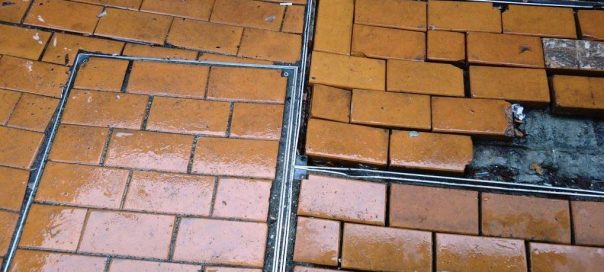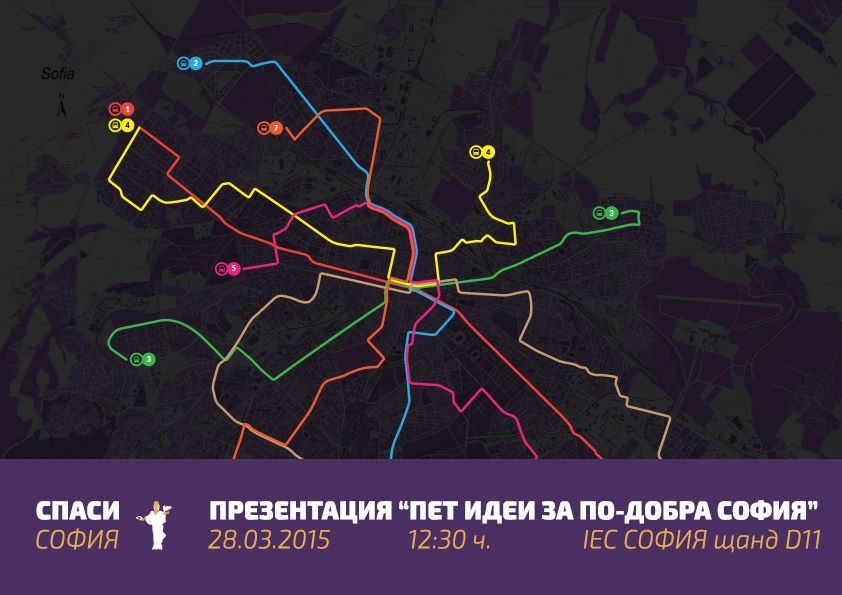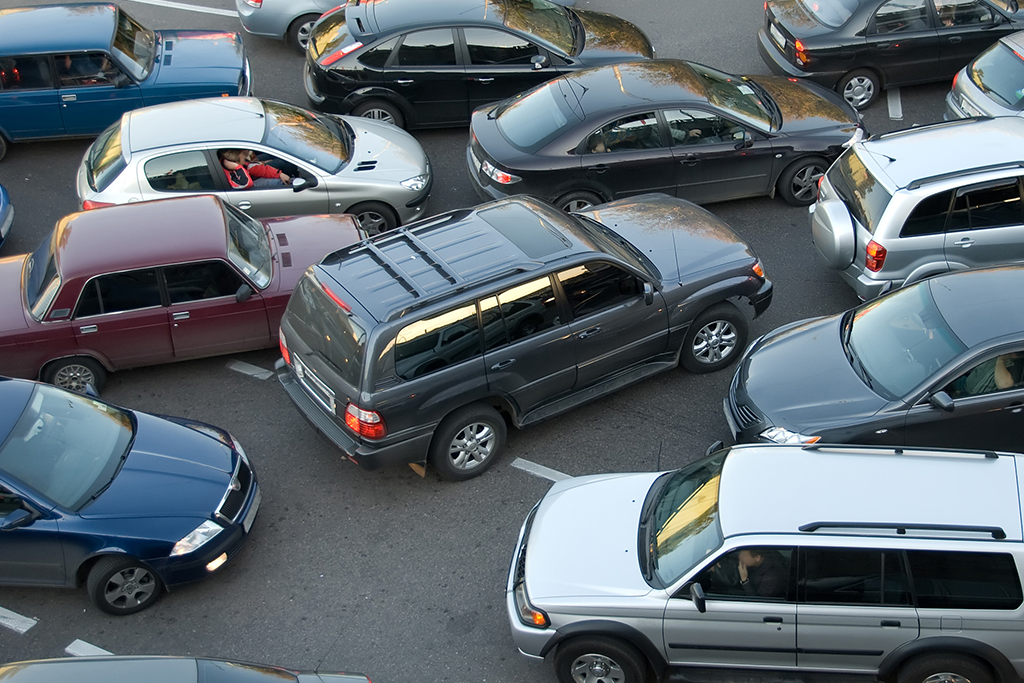In Sofia, things are falling apart. The number of potholes, which was huge before, may have doubled in winter. Almost the entire road network exhibits rather bad damage. Instead of fighting the problem by investing, by improving the quality of the repairs and by generally improving things in a sustainable manner, maybe by following a priority list, the municipality seems to have chosen the approach of cheap cosmetic repairs.
Some twenty teams of workers were sent out yesterday, with a lot of shovels and tar. The men filled some of the gazillions of potholes in Sofia. Chances are, some of those repairs will last for a few days, others for a few months. Bulgarian potholes are powerful. They have a way of returning whenever they want, as long as the repairs lack a certain quality level.
According to Bulgarian National Television, those “repairs” were made on quite a few streets, including Boulevard Bulgaria, Boulevard Vassil Levski, the Ring Road, Ul. Slantinska and Ul. Samokov.

Cosmetic road repairs in Sofia, yesterday. Photo by BNT.
The problem is visible on the boulevards and streets, on sidewalks, buildings and tram tracks. Some of the issues cause even more trouble, as long as they are being ignored by the municipality. This applies to the rotten and bent tram tracks, which can be found all over Sofia. They do damage to trams, which are quite expensive. So one issue leads to the next. Besides, bent tram tracks do not exactly improve comfort for passengers, who should be using public transport more, because of the terrible air quality, which is yet another huge problem.
There are organisations which keep on telling the municipality what is wrong and how to fix it. Greenpeace Bulgaria recently criticized Sofia Mayor Yordanka Fandakova, by saying she was talking about possible measures against the alarming air pollution, instead of taking action. According to the Greenpeace experts, there are possible short term, mid term and long term measures, which would improve the air, if they were just followed.
“Spasi Sofia” (“Save Sofia”) is an NGO dedicated to improving things in Sofia. Just a few days ago, the organisation celebrated its 2nd birthday. The pressure they apply has sped up the decision to build a third Metro line, which is needed badly, for many reasons. It is being constructed right now. In 2018, the first Metros will take passengers from the city center to the Ovcha Kupel quarter, where the public transport situation is simply appalling.

An impressive puddle on the newly refurbished Vitosha Boulevard in Sofia. Photo by Spasi Sofia.
Just yesterday, “Spasi Sofia” used the latest Mercer Quality of Living Ranking, in which Sofia hit the 116th place due to its poor quality of living, to demand action on the part of the municipality, yet again. The organisation said, a place at the top of that ranking list could not be expected from a city, the infrastructure of which looked as if the city had been carpet bombed, “in which freshly built objects fall apart before they are being inaugurated, in which public transport is the slowest of them all, in which the air is badly polluted, and in which the administration works using methods from the last century.”
On a regular basis, “Spasi Sofia” names issues and suggests action. A week ago, they looked at Vitosha Boulevard, the larger part of which was turned into a pedestrian zone recently. Every visitor, every single tourist and almost every Sofia inhabitant will walk along this boulevard rather frequently. At the same time, it is starting to fall apart as well. Broken and missing tiles as well as huge puddles do not leave a good impression. The thing about “Spasi Sofia” is that they are usually right.





